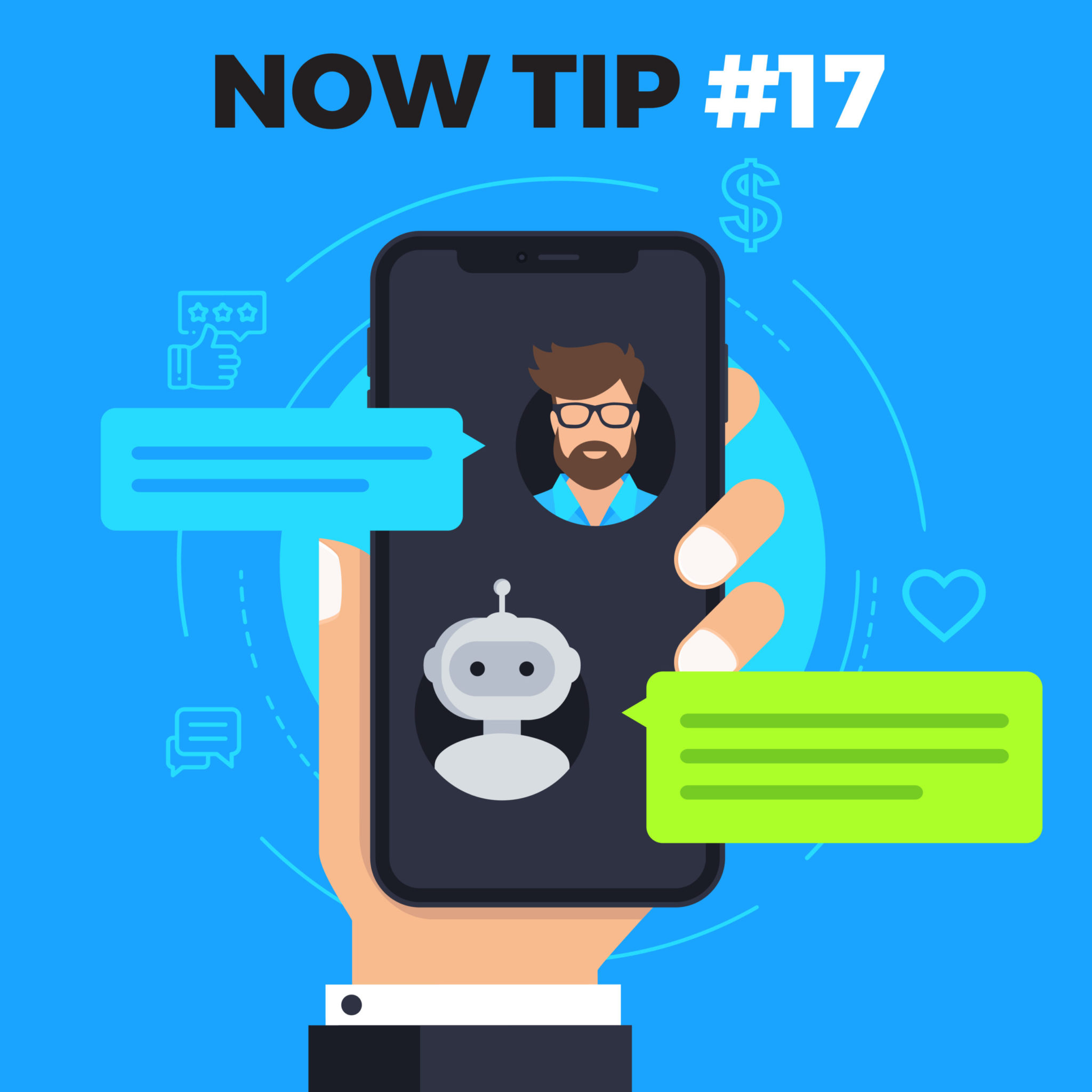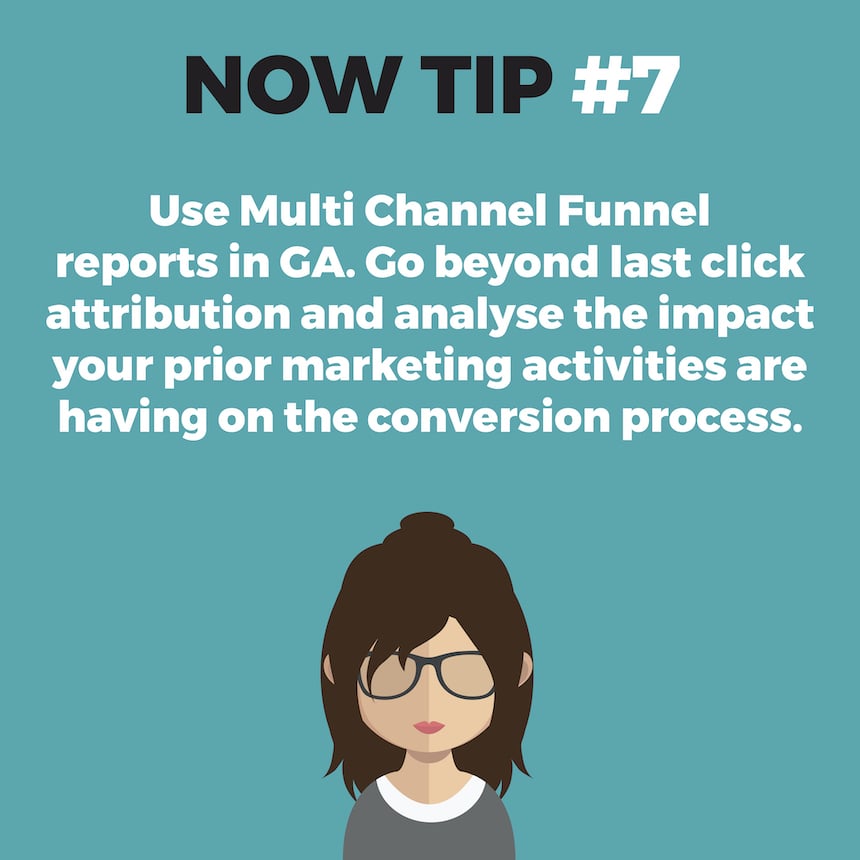Some call it omni-channel marketing, others call it 360-degree activation.
In simple terms, it’s really about making sure you’re engaging your Shopper to give them the information they need, to make a decision.
Leading them to purchase your product, regardless of whether they are instore, talking to a sales assistant, on a mobile device, or online.
As retailers and brand owners rapidly move to online shopping, email marketing and digital commerce capabilities, the requirement for better online and offline integration is even more important.
I see it as the ‘new Shopper imperative’.
With that in mind, I offer some critical considerations when next planning your marketing strategies and activities:
- Shopper behaviours have changed
Technology has been a huge catalyst for the change in Shopper behaviour today.
More specifically, the shift to online and the growing shift towards mobile internet. Online shopping is more easily achieved by Australian Shoppers than ever before.
The numbers tell the story, 75 to 85 per cent penetration of smart phones nation-wide, 60 per cent penetration of tablets, 77 per cent of people not leaving their house without their mobile phones, all boosted by greater internet connectivity at home and on the go.
Australia appears poised to follow Korea, with two-thirds of Koreans now having shopped and purchased a product via mobile.
The internet is quickly becoming our first port of call to research, explore, compare, and price match goods and retailers.
We’re driven to find out as much information about a product before we make the decision to buy.
Whether we then purchase online or head in-store, the important point here for brand owners is about how to meet their Shopper needs and wants in their world and offer them choices in ways to buy. And that means having better focused integration between offline and online brand activities.
- The retail landscape has changed
Online retailers are, of course, a real opportunity and we’re seeing some amazing growth stories from these pureplay online retailers. But it is how the existing bricks and mortar retailers are adapting to the digital landscape which is more illuminating.
Chemist Warehouse, well known for its large footprint heavily discounted stores, has seen major growth in its online store.
It now receives more traffic to its website than Coles or Woolworths online. The company’s shrewd dual store and online strategy has helped it capture business away from many grocery, pharmacy, and discount retail stores.
In fact, Chemist Warehouse has been so successful that it has started building dark stores to act as forward local warehouses in order to increase speed of delivery and lower logistics costs – addressing one of the biggest barriers to online growth.
In other moves to promote online to offline channel shift, we’re seeing new paths forged with such retailers as Woolworths and Coles, both trialling their click and collect offers; a shopping solution whose uptake has tripled in only 12 months in some European markets.
And it’s spreading into cross-business alignment with the announcement earlier this year that Shoppers from eBay can also collect their purchased goods from Woolworths’ click and collect stores.
This is a smart way to overcome online Shopper purchase barriers with the logistical and geographic strength of a major offline retailer; as well as integrate the Shopping experience between the two channels.
For brand owners, the message is clear. Your sales, Shopper and marketing teams must redefine their activities to ensure alignment through the line and through to retailer.
Today, your marketing has to go much further than just building a digital strategy which fits your distribution and go to market model, then placing it alongside your traditional bricks and mortar retail strategy. Supporting a retailer who has an online presence, and hoping that works for you, is also no longer an option.
- Marketing tools have changed
This is an exciting time for marketers and their agencies as they experiment with new thinking and have access to a whole new set of tools.
Growth in adtech, martech and retail tech software, platforms and products has been exponential over the past few years with nearly 2000 products available to marketers at the start of 2015 – up from just 100 in 2011.
Even with all these new tools, the challenge lies in how to bring all the diverse moving parts together. Online, offline, brand owned, or retailer owned, your goal is to present a seamless integrated customer experience for your Shoppers to drive purchase and re-purchase, their way.
How to achieve this? Begin planning and investing in your marketing technology stack today. Start aligning your teams and processes. Test and learn. Don’t get left behind.
And most important, make sure you’re being useful and relevant to today’s Shopper. Provide clear and unbiased information to assist them to shop, in the way that they want to shop.
5 things you can do now to stay relevant tomorrow:
- Bring together your online and offline strategies and activities. Collaborate with your digital and retail teams. Run joint planning and idea sessions. Map out your activities from awareness through to purchase. Digital commerce and digital are not standalones.
- Ensure your digital ecosystem is connected. Make sure every asset is linked within a few clicks to a purchase option or a drive to instore. Map your path to purchase and focus on the Shopper experience, whether that be an online user experience or instore experience. The goal is to meet and exceed Shopper expectations.
- Track and collect data. Analyse and take learnings back into improving the online experience. Not monthly but weekly.
- Sell where your Shoppers are buying, in many cases that means both channels. Invest in campaigns across both channels equally.
- Begin investing in your marketing tools. Start with a trial. Test and learn on a small campaign. Build your marketing stack and continue to review ongoing.




